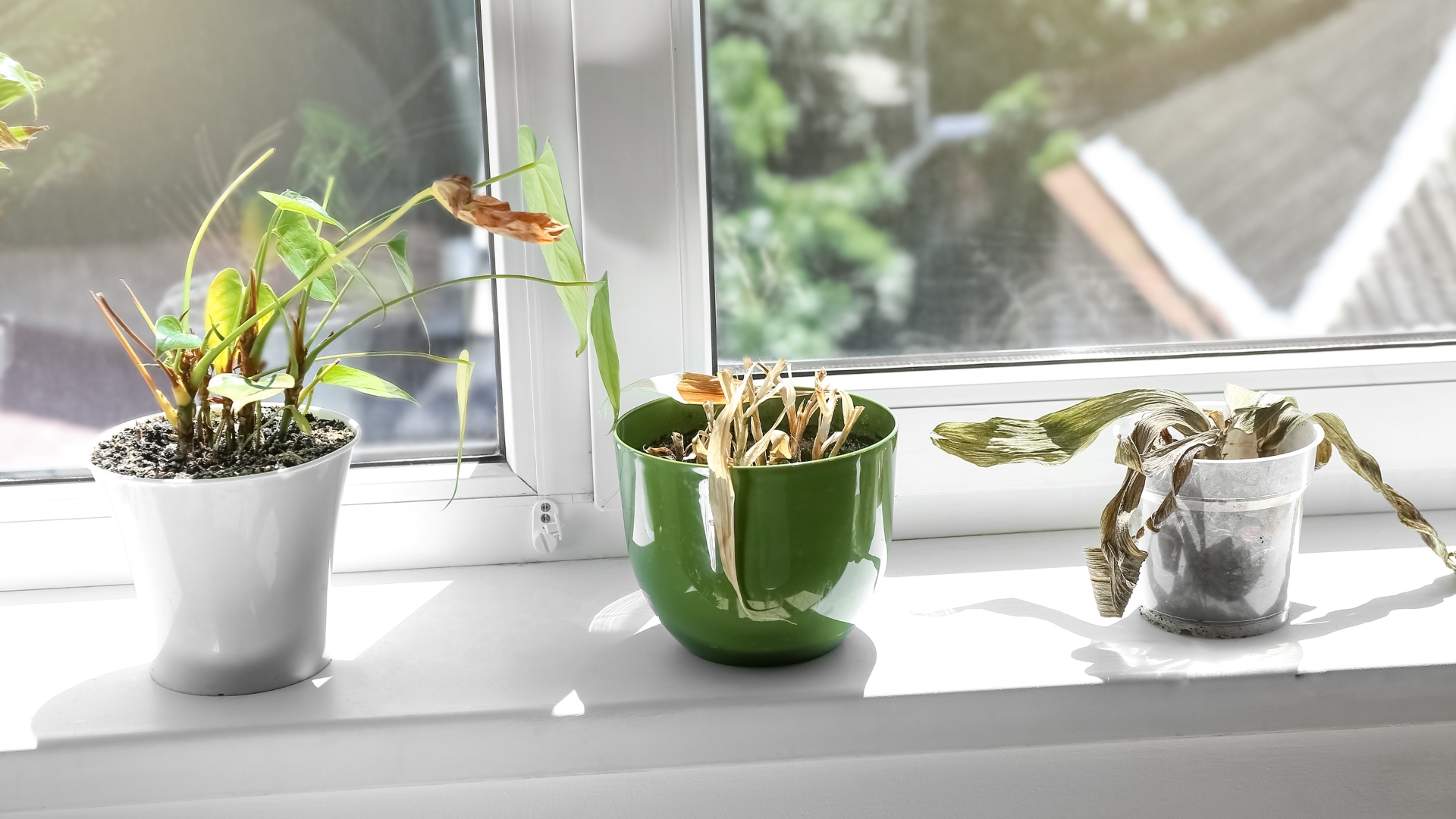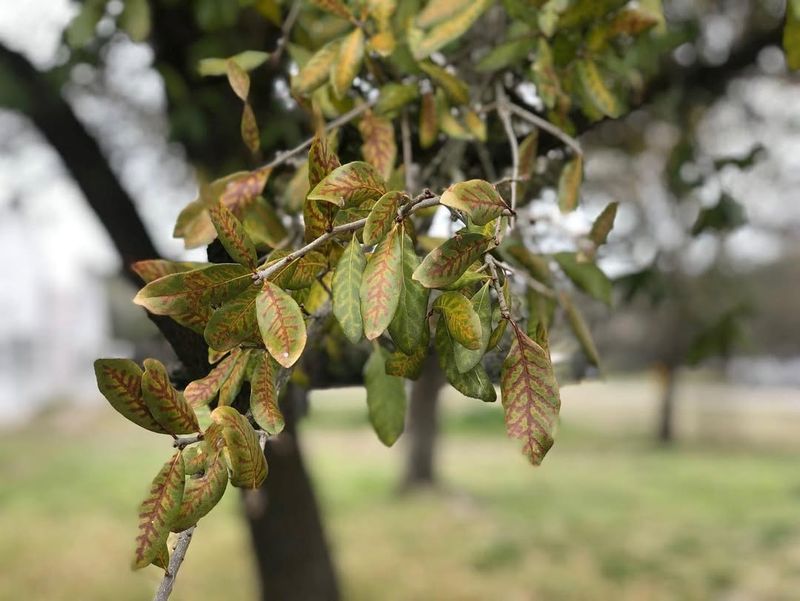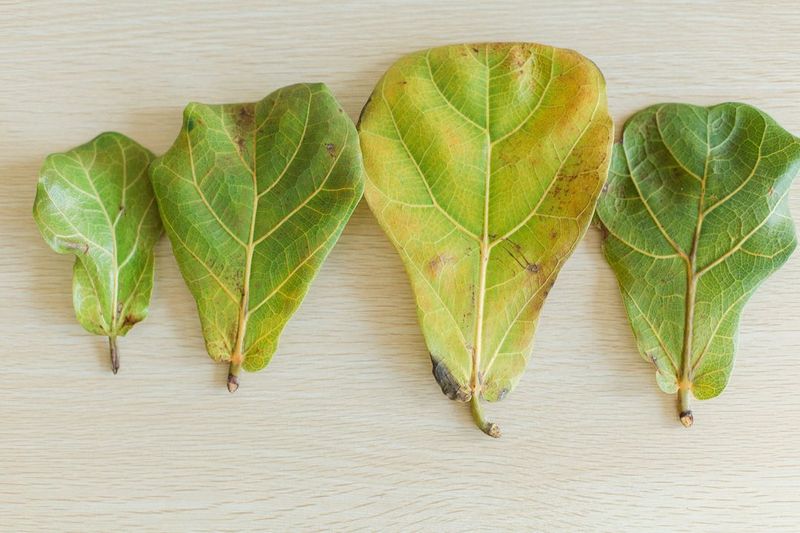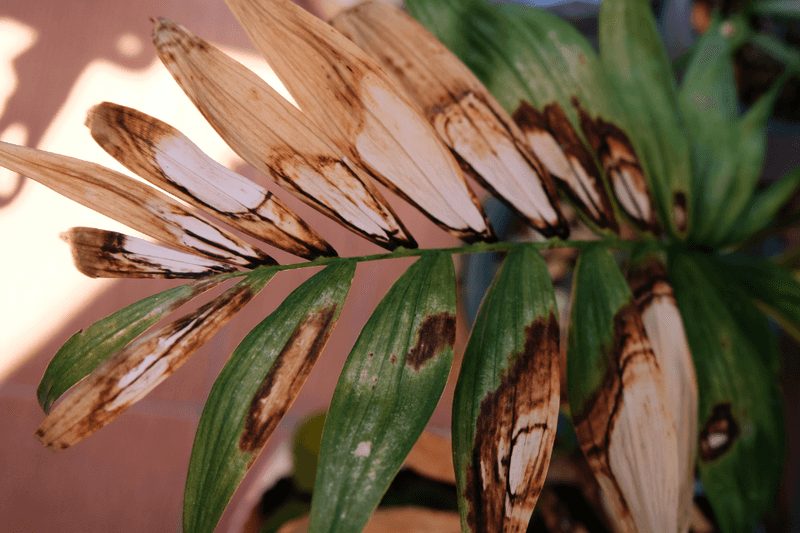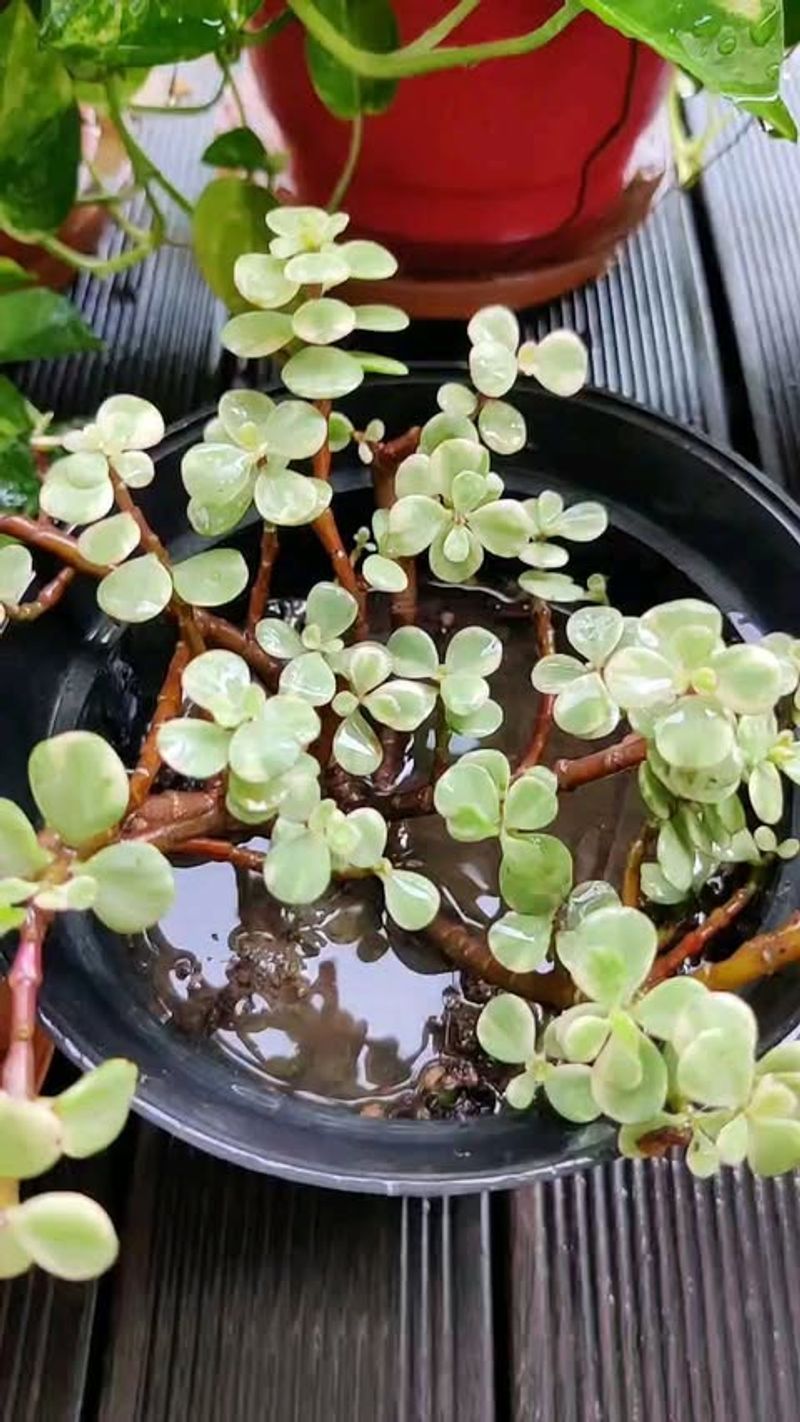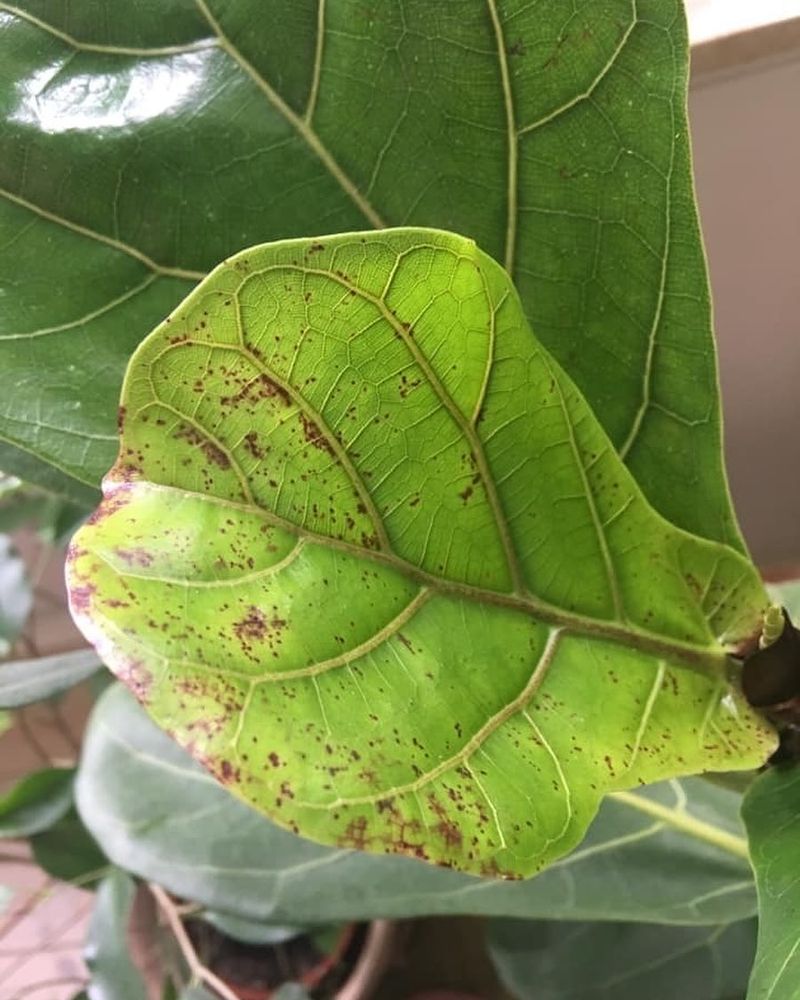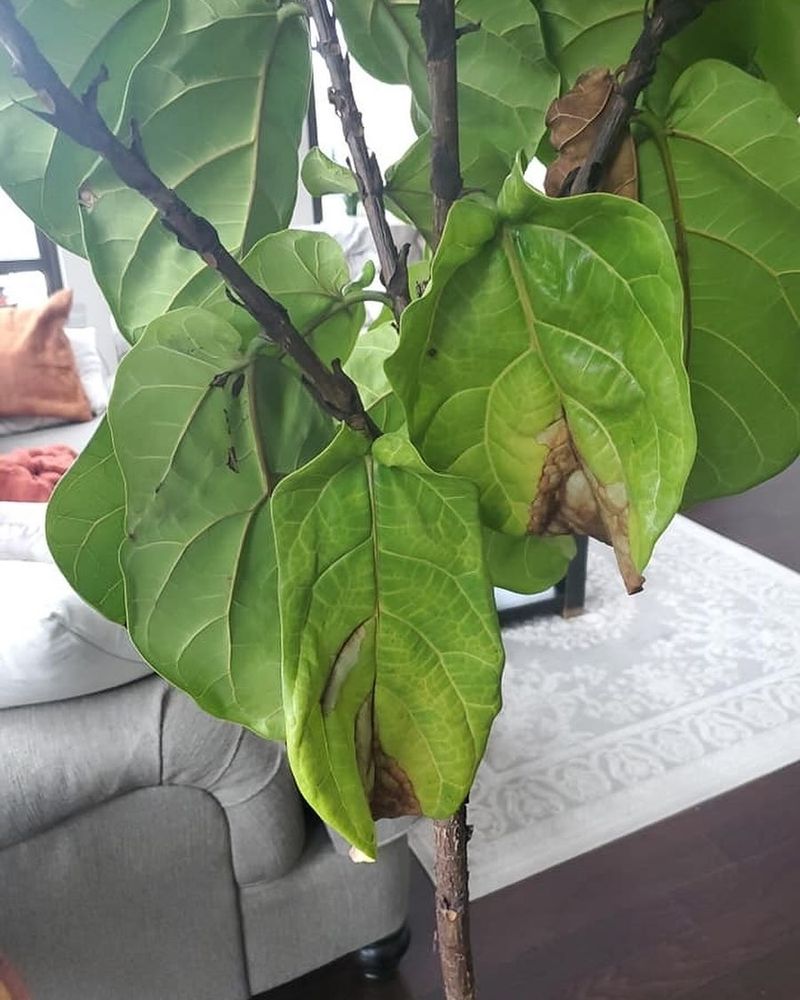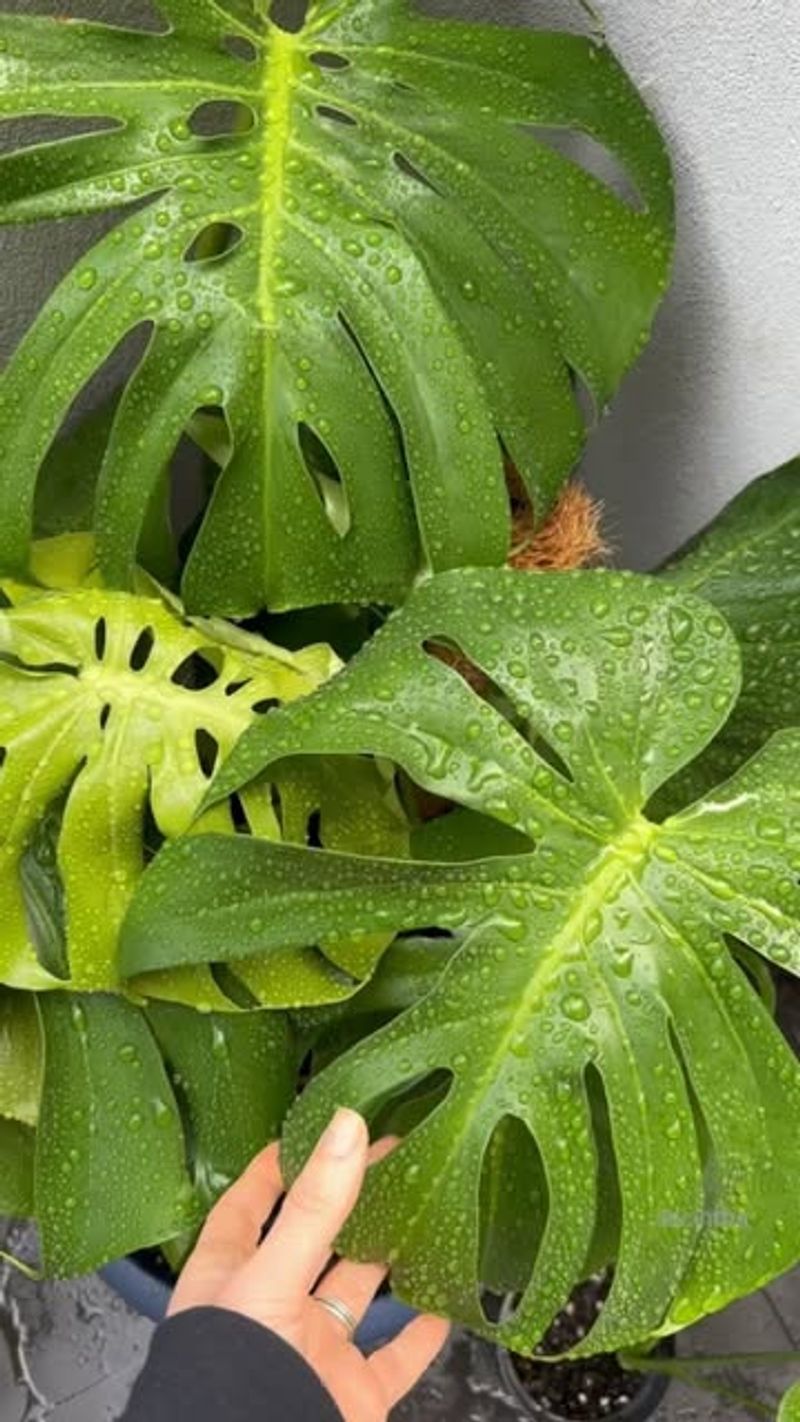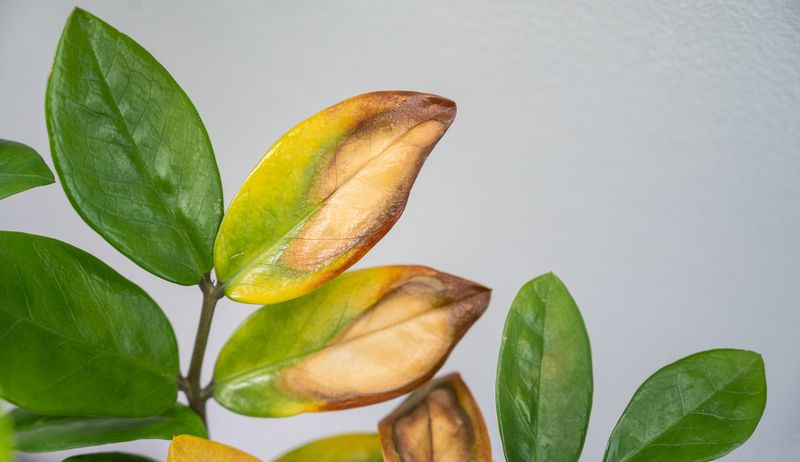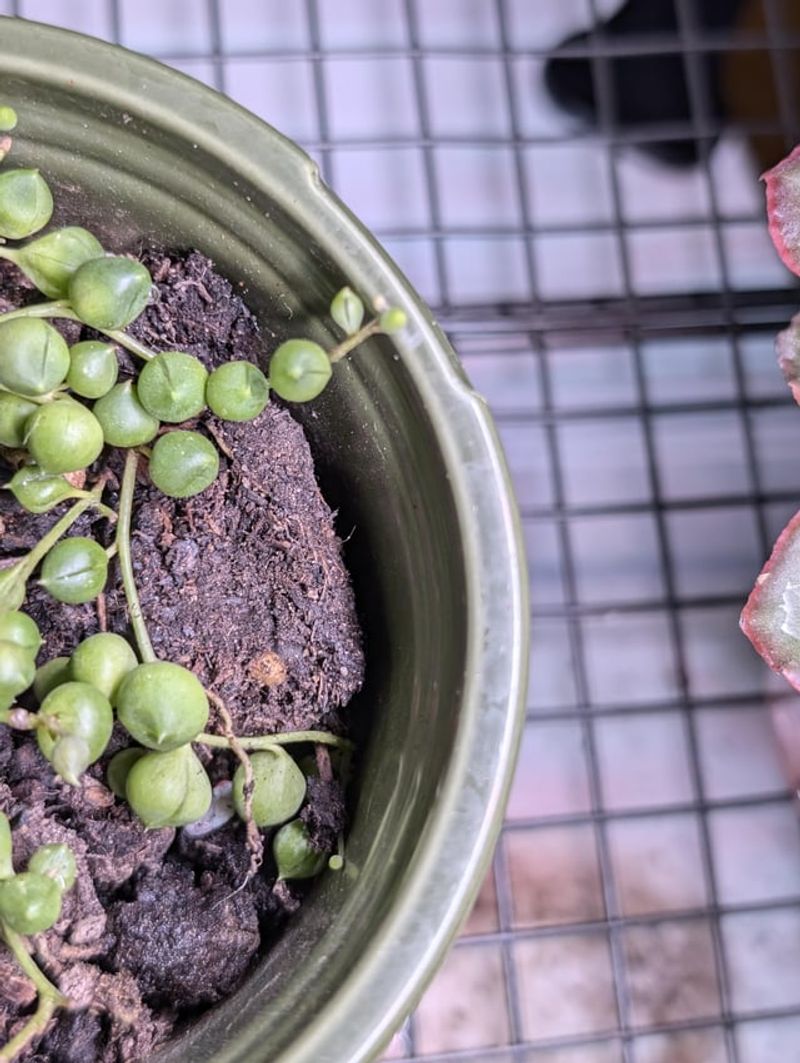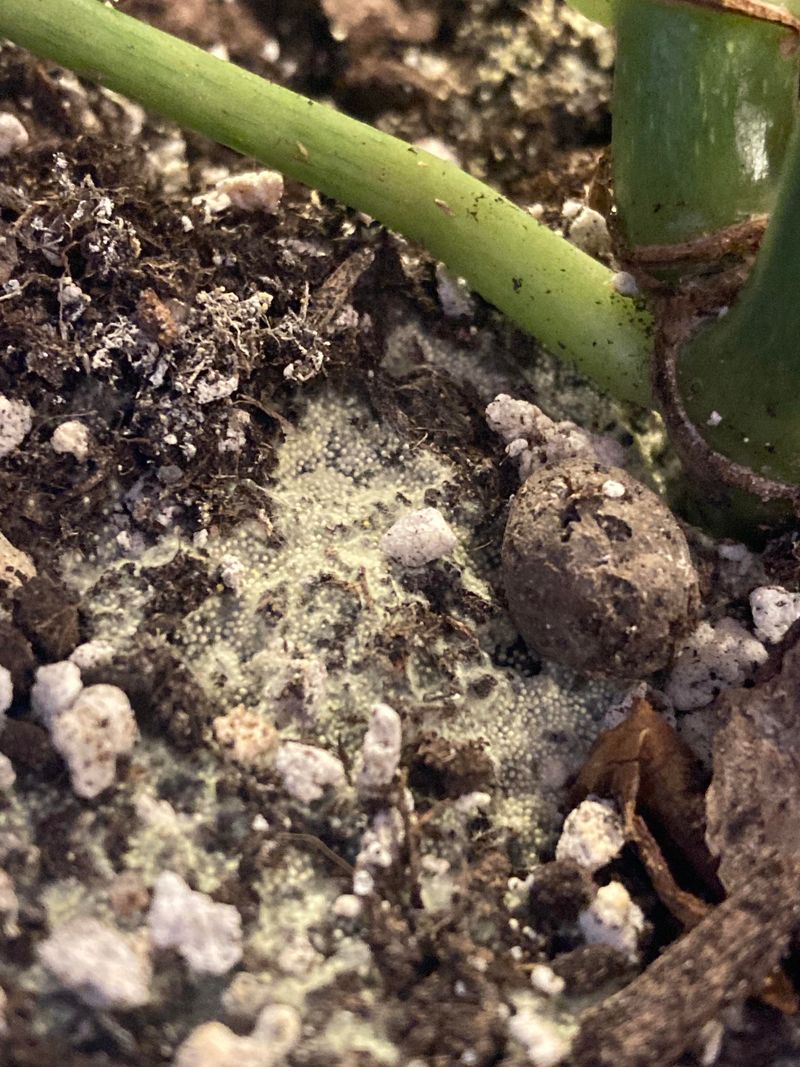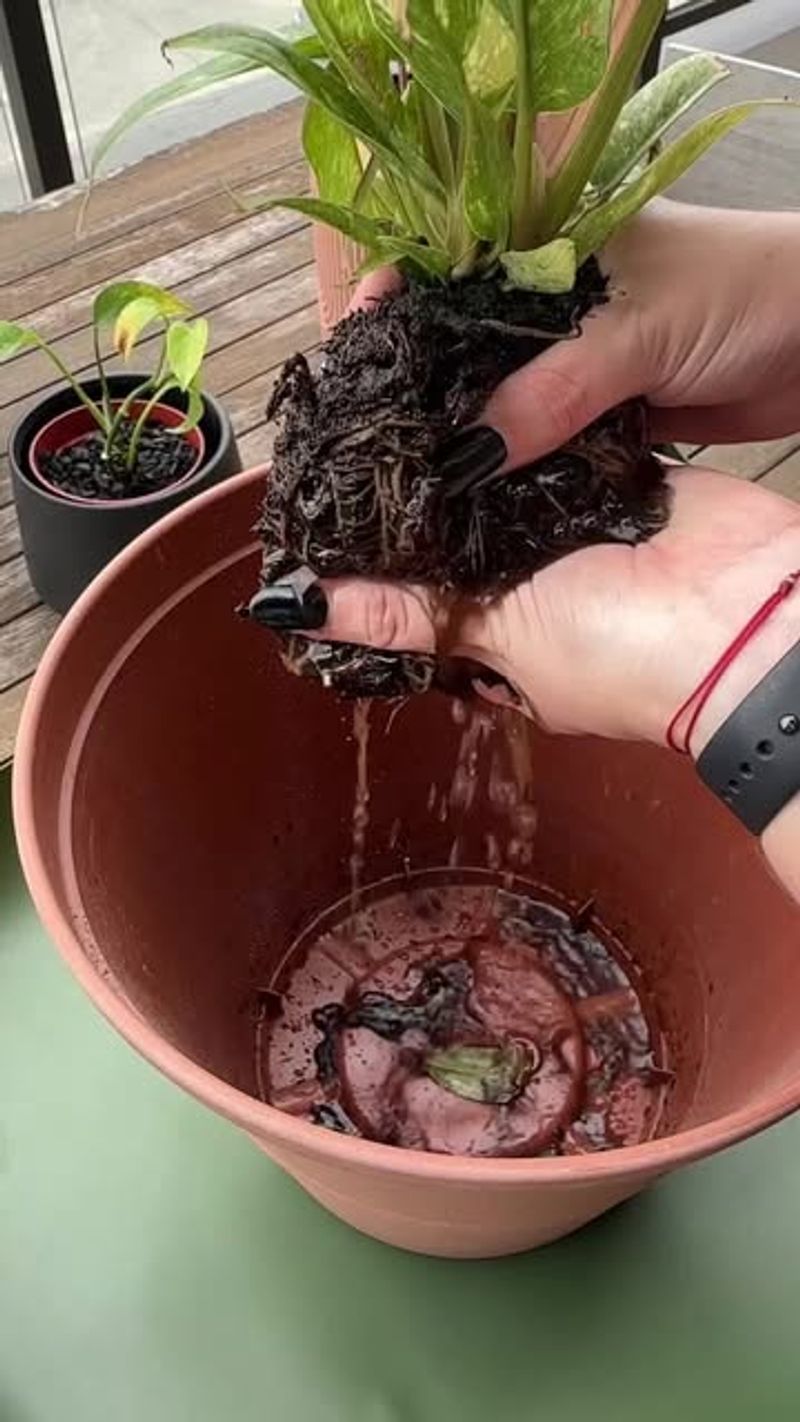Ever feel like watering your plants is more guesswork than gardening? You’re not alone. Give them too much or too little, and suddenly they’re droopy, yellow, or just not growing. But here’s the good news: your plants are always giving you clues. Once you know what to look for, finding that perfect watering balance becomes a whole lot easier. Let’s decode the signs and get your plants thriving again!
1. Wilting Leaves: An Unexpected Twist
Wilting can go both ways! When plants wilt, it’s often a sign they need more water. However, wilting can also indicate they’re drowning.
Check the soil to decide. If it feels moist, the plant might be overwatered. If dry, it may need a drink. Adjusting your watering routine can help revive them.
Be sure to check in the morning, when plants are most likely to show accurate signs of stress—not during the heat of the day when temporary wilting is normal.
2. Yellowing Leaves: Nature’s Yellow Flags
Yellow leaves can be confusing. Often signaling overwatering, they might also mean the plant is thirsty. Touching the soil can help determine which.
If soggy, you’ve likely overwatered. Crumbly dry? It’s a call for water. Observing the entire plant can provide clues to balance water needs effectively.
Also consider the leaf texture—soft, limp leaves often point to too much water, while dry, crispy ones usually signal underwatering.
3. Crispy Leaf Edges: A Crunchy Clue
Crispy edges tell a story of thirst. If your plant’s leaves are dry and crunchy at the tips, it’s crying out for more water.
However, if the edges appear burnt and the soil is wet, you might be overwatering. Adjusting your techniques can nurture healthier, vibrant leaves.
Low humidity or salt buildup in the soil can also cause crispy edges, so consider your environment and watering habits together for best results.
4. Mushrooms: The Unwanted Guest
Mushrooms popping up in your plant’s soil can be a quirky sign of too much moisture. They thrive in damp environments, indicating overwatering.
While not necessarily harmful, their presence can signal the need to reduce watering. Keeping an eye on soil moisture helps prevent these unexpected guests.
Try improving air circulation around your plant and using well-draining soil to keep excess moisture—and surprise fungi—at bay.
5. Slow Growth: A Silent Scream
When plants lag behind in growth, water issues might be the culprit. Overwatering can suffocate roots, while underwatering can starve the plant.
Observing the soil’s moisture and adjusting watering can rejuvenate growth. Establishing a regular watering schedule helps maintain healthy development and vigor.
Using a moisture meter or simply sticking your finger into the soil can take the guesswork out of watering and support consistent growth.
6. Root Rot: A Hidden Menace
Root rot is a sinister sign of overwatering. This condition, where roots begin to decay, can be deadly if unchecked.
Plants suffering from root rot often wilt or turn yellow. To combat this, allow the soil to dry out and use well-draining pots. Regular checks can prevent this menace.
If the damage is severe, trimming away mushy roots and repotting the plant in fresh, dry soil can give it a second chance at life.
7. Brown Spots: The Telltale Marks
Brown spots on leaves can confuse gardeners. They often signal overwatering but can also appear from underwatering when the plant is stressed.
Examining the soil’s moisture level provides clarity. Consistent care and observation are key to ensuring these spots don’t spread further on your plant.
Also check for signs of fungal or bacterial issues, as excess moisture can create the perfect environment for leaf spot diseases to develop.
8. Dropping Leaves: An Emotional Plea
When leaves drop unexpectedly, it’s a cry for help. Both overwatering and underwatering can trigger this response. Check the soil: soggy conditions call for less water, while bone-dry soil needs a soak. Understanding your plant’s language helps tailor your care to prevent future leaf loss.
9. Curled Leaves: The Mystery Twist
Curled leaves can leave you puzzled. They might be telling you the plant is thirsty or, conversely, overwhelmed with water.
Observing the soil is your clue: dry soil means it’s time to water, while over-moist soil suggests cutting back. Adjusting based on these clues fosters a healthier plant.
Sudden temperature changes, drafts, or low humidity can also contribute to leaf drop, so consider environmental factors along with watering habits.
10. Leaf Blisters: The Unexpected Bumps
Leaf blisters are small bumps indicating overwatering. These blisters appear when roots absorb more water than the plant can handle.
The excess water is pushed out, forming blisters. Reducing watering and ensuring good drainage can help. Regular soil checks prevent future blister outbreaks on leaves.
Improving air circulation and avoiding waterlogged conditions can also reduce the chances of blistering and promote overall plant health.
11. Dull Leaf Color
Dull leaves often mean your plant is either parched or drowning. A lack of water reduces leaf color vibrancy, while waterlogged soil smothers roots, affecting pigment.
Checking soil moisture helps regain that vibrant green. Consistent care and observation revive the plant’s natural, lively hue.
Feeding your plant with a balanced fertilizer can also boost leaf color once watering issues are corrected and the roots begin to recover.
12. Soil Pulling Away: The Desert Effect
When the soil pulls away from the pot’s edges, it’s usually a sign of dryness. This means your plant needs a good watering session.
However, make sure the water doesn’t just run off. Ensuring a deep soak helps the plant absorb water properly, promoting healthier growth.
To rehydrate dry soil more effectively, try watering slowly in stages or placing the pot in a shallow tray of water to allow it to soak from the bottom.
13. Fungal Growth: A Fuzzy Reminder
Fuzzy fungus on soil surfaces suggests overwatering. This type of growth thrives in damp conditions, signaling a need to cut back on water.
While it’s usually harmless, it can stress the plant. Regularly checking and adjusting watering practices helps prevent fungal growth and keeps plants healthy.
Removing the top layer of affected soil and increasing airflow around the plant can also help keep fungal growth under control.
14. Leaf Scorch: Nature’s Warning Sign
Leaf scorch can result from underwatering. When leaves appear burnt or scorched, it’s often due to insufficient water, especially in direct sunlight.
Providing consistent moisture helps prevent further damage. Ensuring plants have some shade during the hottest parts of day keeps them thriving.
Mulching around the base of the plant can also help retain soil moisture and protect roots from heat stress that leads to leaf scorch.
15. Waterlogged Soil
Waterlogged soil is a clear indicator of overwatering. This condition suffocates roots and can lead to rot if not corrected.
Allowing soil to dry out between waterings and ensuring pots have adequate drainage prevents this soggy scenario. Observing soil conditions helps maintain healthy plant roots.
If drainage is poor, consider repotting with a well-draining soil mix or adding materials like perlite to improve airflow around the roots.
16. Leaves Losing Luster: A Subtle Signal
When your plant’s leaves lose their shine, it might need more or less water. A lack of water dulls leaves, while too much can suffocate them.
Touching the soil helps determine what’s needed. With attentive care, your plant’s leaves can regain their natural gloss and vitality.
Wiping leaves gently with a damp cloth can also remove dust buildup, helping them breathe better and restoring their healthy, natural shine. This not only enhances their appearance but also supports better light absorption. Regular leaf cleaning is especially helpful for indoor plants exposed to less airflow.

